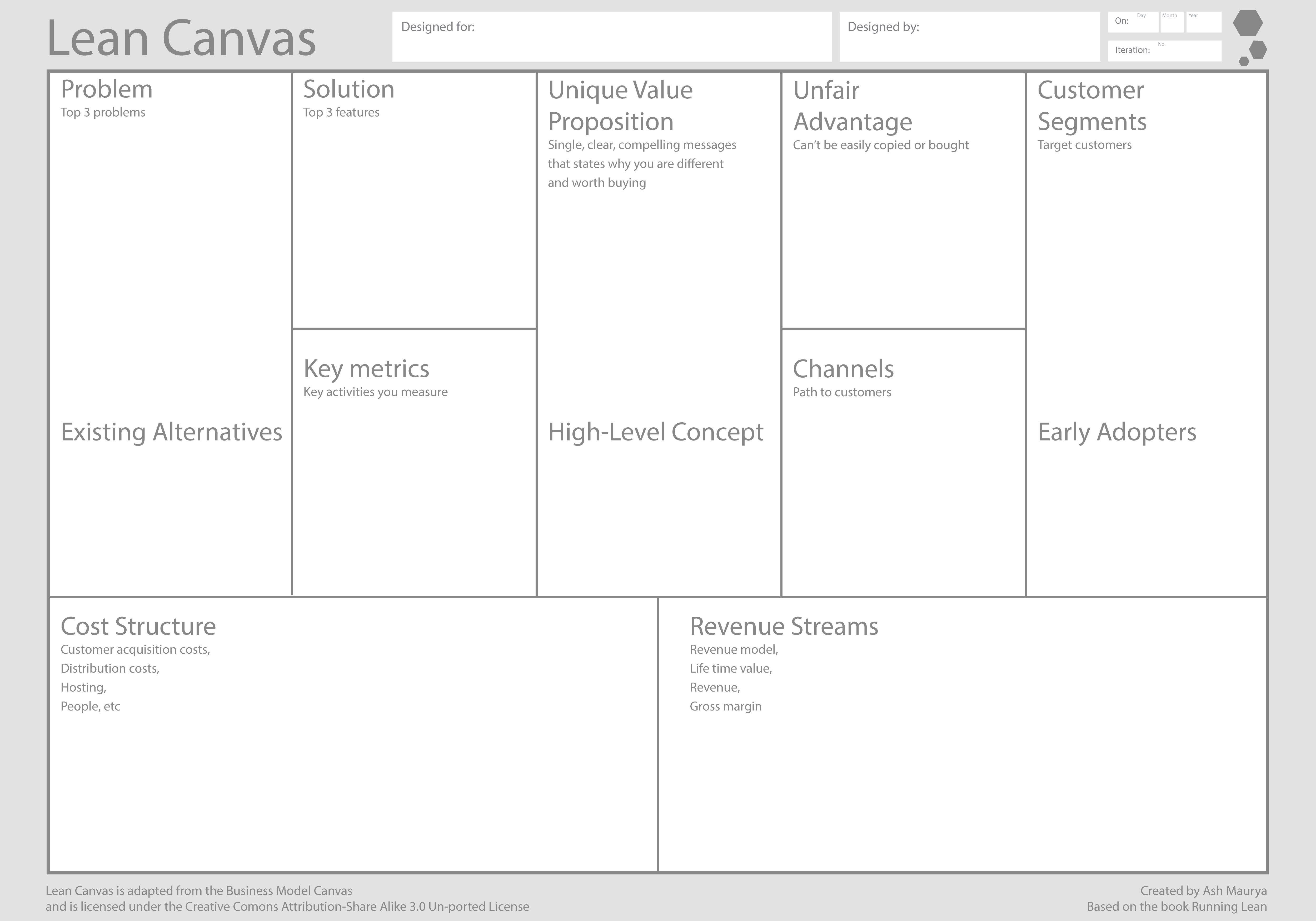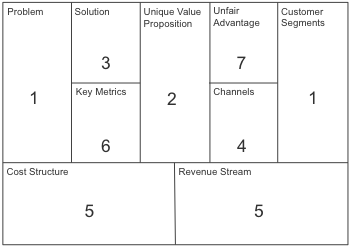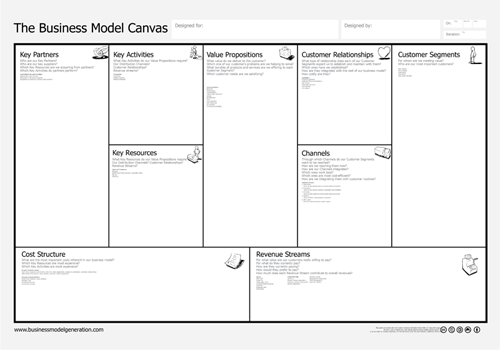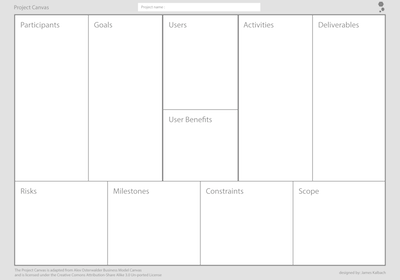Lean Canvas's Creator
ASH Maurya
Beside the Lean Canvas, Ash Maurya is the author of Running Lean, the founder of Sparks 59 in Austin Texas and an international speaker well-known in the lean startup community. He bootstrapped WiredReach in 2002…
Learn More
Description of the Lean Canvas
The Lean Canvas, described in the book Running Lean written by Ash Maurya, is the good way to create and evaluate a business model. You can use the Lean Canvas to : document the Plan A, identify the riskiest parts of your plan and to systematically test your plan.
The Lean Canvas concentrates on the way timeline affects the revenue stream of a business. It is therefore more target-specific than the BMC and incorporates both small and large businesses effectively.
The Lean Canvas is actionable and entrepreneur-focused. It deeply focuses on startup factors such as uncertainty and risk. Because it was space constrained, Ash Maurya added more elements:
-
Problem
A problem box was included because several businesses do fail applying a lot of effort, financial resources and time to build the wrong product. It is therefore vital to understand the problem first.
-
Solution
Once a problem has been recognized the next thing is to find an amicable solution to it. As such, a solution box with the Minimum Viable Product “MVP” concept was included.
-
Key Metrics
A startup business can better focus on one metric and build on it. The metrics include the range of products or services you want to provide. It is therefore crucial that the right metric is identified because the wrong one could be catastrophic to the startup.
-
Unfair Advantage
This is basically the competitive advantage. A startup should recognize whether or not it has an unfair advantage over others.
There are a few other things that Ash Maurya omitted from the original Lean Canvas in an attempt to improve it. These include:
-
Key Activities and Key Resources
Ash found out that they were more outside-focused when gauged with the entrepreneur’s needs. They had also been covered in the Solution box.
-
Customer Relationships
A deeply focused startup business should establish customer relationships from the beginning. As such, these were covered in the Channels box.
-
Key Partners
Ash removed this category regarding the fact that most startups don’t require specific key partners when putting up because they deal in unknown and untested products. As such, it would be a waste of time trying to build such relationships.
The Lean Canvas is also majorly meant for entrepreneurs and not the customers, consultants, investors or advisors. It has no specific medium of implementation and you can use it first and then shift to the Business Model Canvas or either way.




